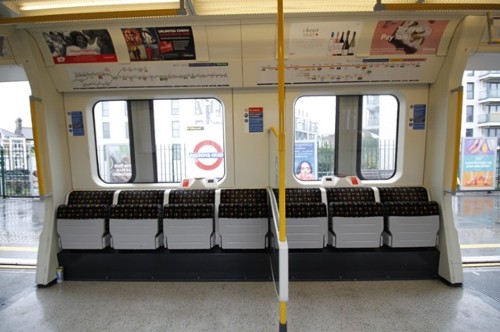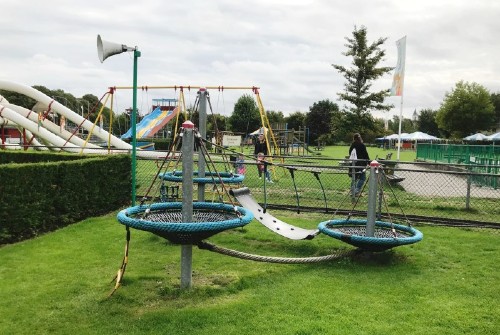Beyond barrier-free design that focuses on providing access to people with disabilities, universal design aims to create products and usage environments that anyone can easily use regardless of gender, age, or disability. Here are some examples of universal design abroad. – Ed.

The UK’s Foldable Seats
The seats on trains and subways are foldable in the U.K. While it normally functions as an ordinary seat, wheelchair users can fold the seats and fit in, making the space usable for both disabled and non-disabled people. In this way, the U.K. does not have separate seats for disabled people on trains and subways. This allows everyone to enjoy equal rights without distinguishing between the disabled and the non-disabled. At first, folding seats were considered barrier-free facilities for wheelchair users. Now, it is a practical and caring public design for many people. Users of bicycles and baby or adult strollers are also experiencing convenience by securing spaces.

Germany’s Universal Playground
In Germany, all the playgrounds have incorporated a universal design to make it possible that disabled children and non-disabled children can play together without bias. There are ride attractions that children with disabilities can enjoy, such as net-type swings and a wheelchair-accessible seesaw. Children who have difficulty moving can also use rides without obstacles on the universal designed playgrounds that can be both safe and fun. Regardless of whether they have disabilities, all the children can play outside and freely use rides on the playground in front of their homes. In addition, they learn how to live together and be considerate of others.

Japan’s Universal Theater
In Tokyo, there is a universal movie theater “CINAME Chupki TABATA” that sets a parent-and-child viewing room, as well as facilities for the hearing-impaired, the visually-impaired, and wheelchair users. The room next to the theater is popular because parents with children can freely enter and leave when their children start crying or other issues arise. It currently has only one screen and 20 seats, but all seat armrests are equipped with earphone jacks, so a customer can enjoy voice-guided movies. The voice guidance is based on an application service called “UD cast.” It selects the voices from movies, videos, and broadcasts, and translates them into Japanese subtitles, sign language displays, or voice guides.
By Hong Ju-yeon, Student Editor

